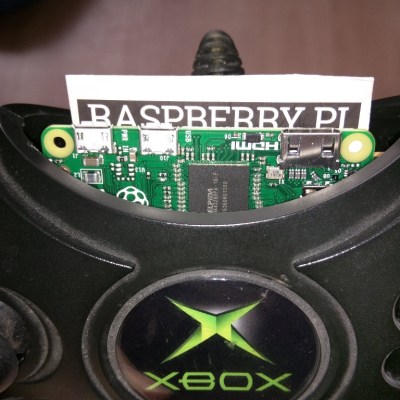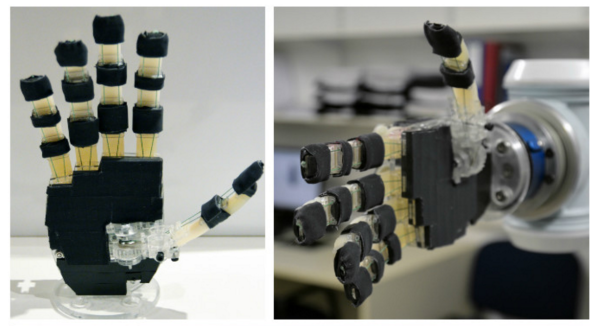We follow [bunnie]’s blog as he posts interesting and usable information quite regularly. [bunnie] posted about a video of a recent talk he did at MIT Media Lab with Nadya Peek and Joi Ito. This was in lieu of his monthly “name that ware” competition, which is worth looking into as well.
The talk is focused on small volume manufacturing and the experiences that the speakers have under their collective belt is large enough that the conversation takes a turn from how to do things in practice, to the theory and technique of manufacturing on a philosophical level.
[bunnie] prefaces the conversation with an explanation of some of the design and manufacturing processes involved when working on the circuit stickers project. He talks about the importance of testing the product and the complex test jig that is required to quality check a simple (in comparison to the test jig) product. [bunnie] shares an overview of the project timeline and where some extended design stages might be found in unexpected places.
The design and manufacturing process is discussed on many levels throughout the talk. Among the points that are insightful, we certainly found ourselves a little jelly of all the time [bunnie] gets to spend in Shenzhen.
If you’re not familiar with [bunnie]’s blog you can check it out at www.bunniestudios.com. Pro Tip: you can spend the better part of your workday browsing topics in the sidebar on the right.
We have covered the MIT Media Lab before, including a trip to Shenzhen that is discussed in the Media Lab talk by [Joi] and [bunnie]. Another interesting interview at SXSW earlier this year by [Sophi Kravitz] who spoke with [Sunanda Sharma] about mediated matter.




 Thanks to its small size it’s actually a fairly straight forward hack with minimal modification to the controller in order to make it fit. In fact, you only need to remove the memory card holder from the controller and snip one bit of plastic in order to make it fit right in the middle — awesome.
Thanks to its small size it’s actually a fairly straight forward hack with minimal modification to the controller in order to make it fit. In fact, you only need to remove the memory card holder from the controller and snip one bit of plastic in order to make it fit right in the middle — awesome.












